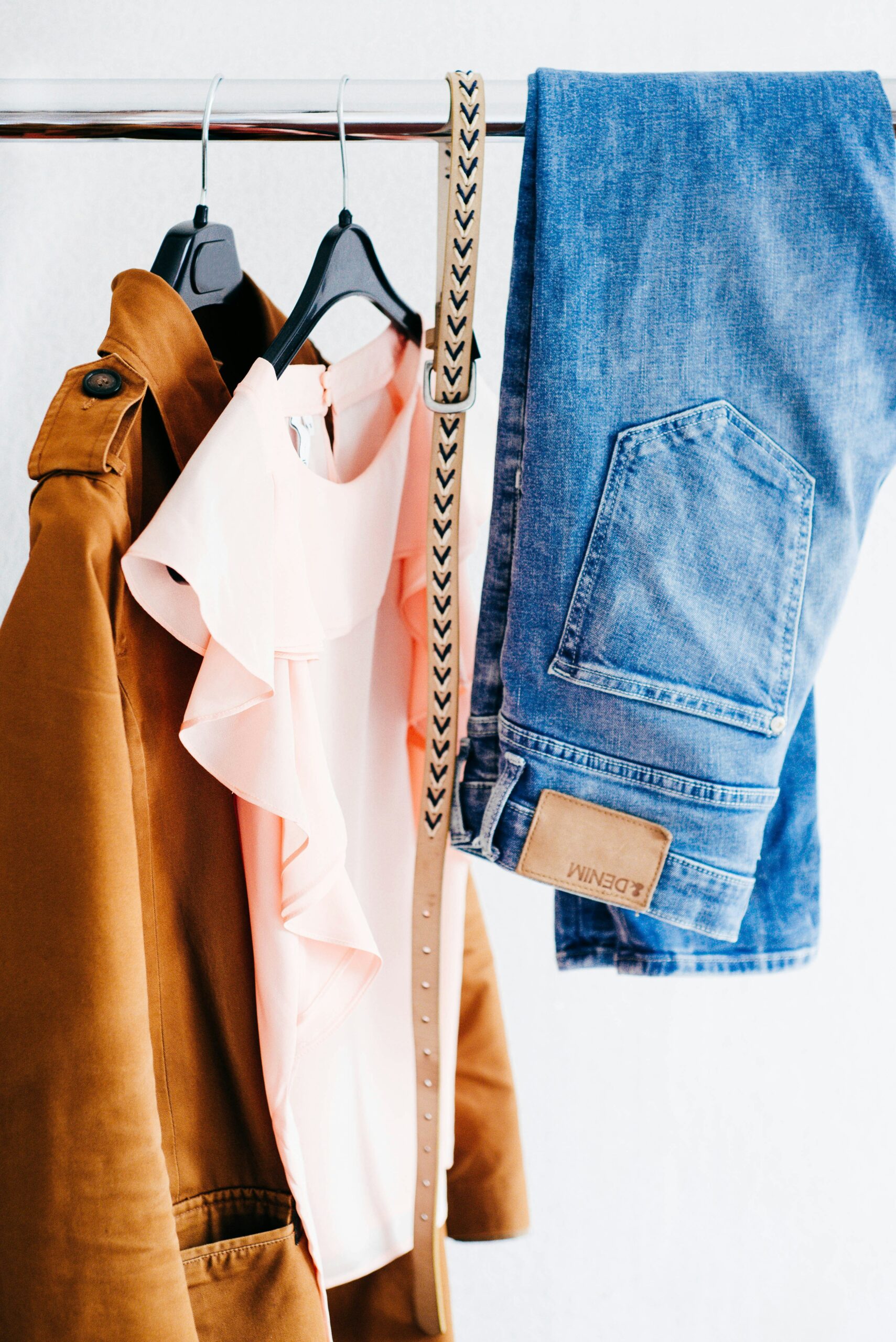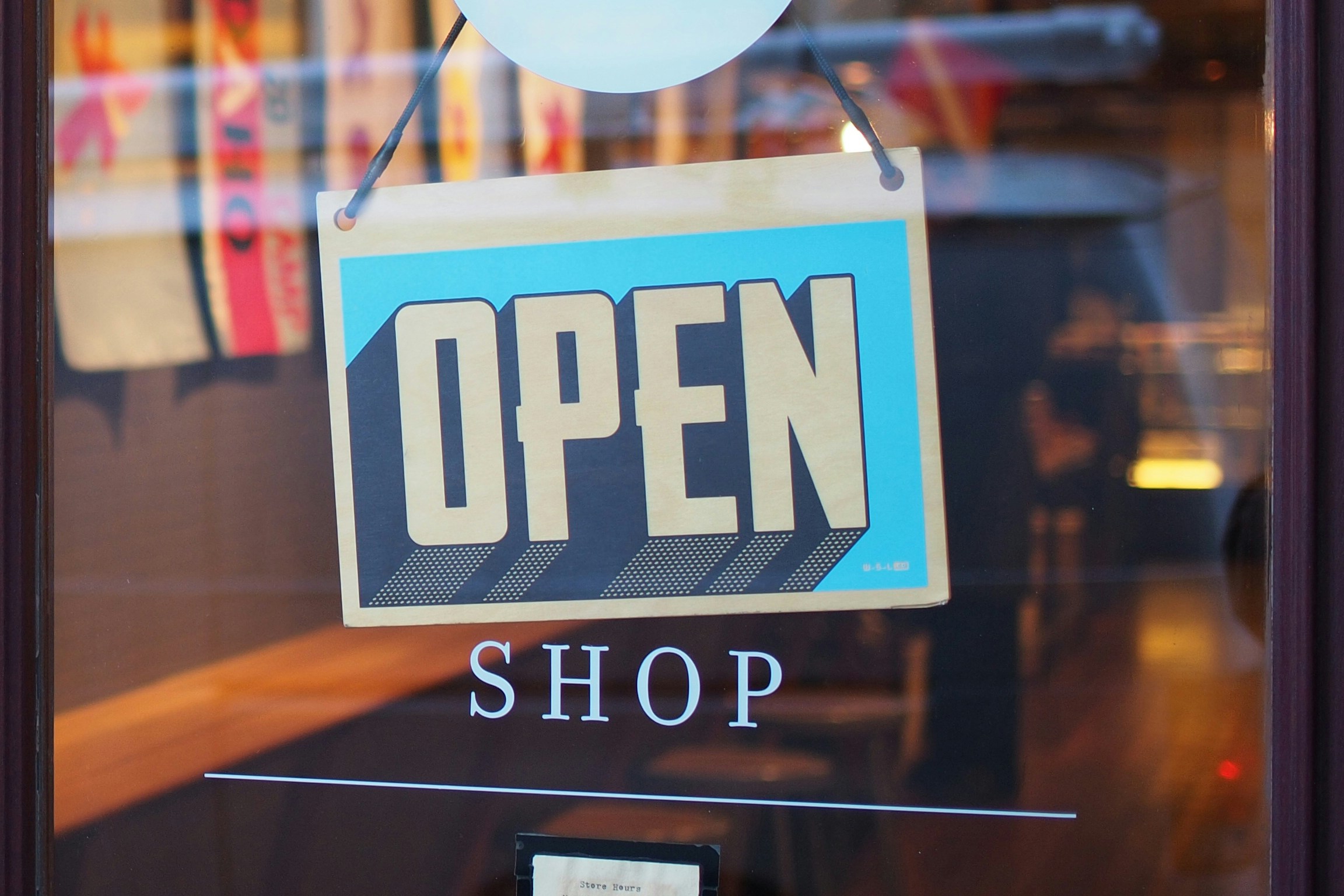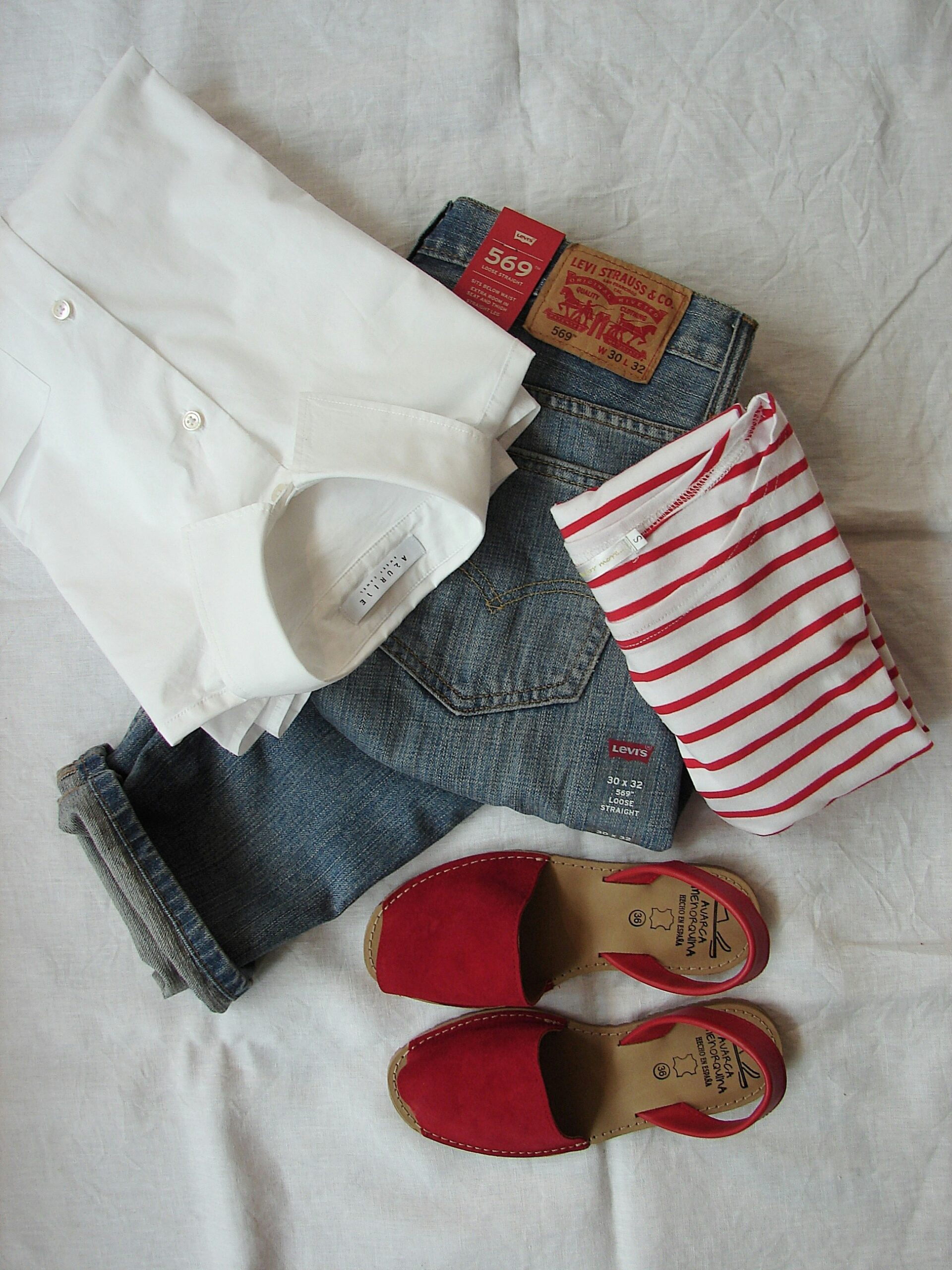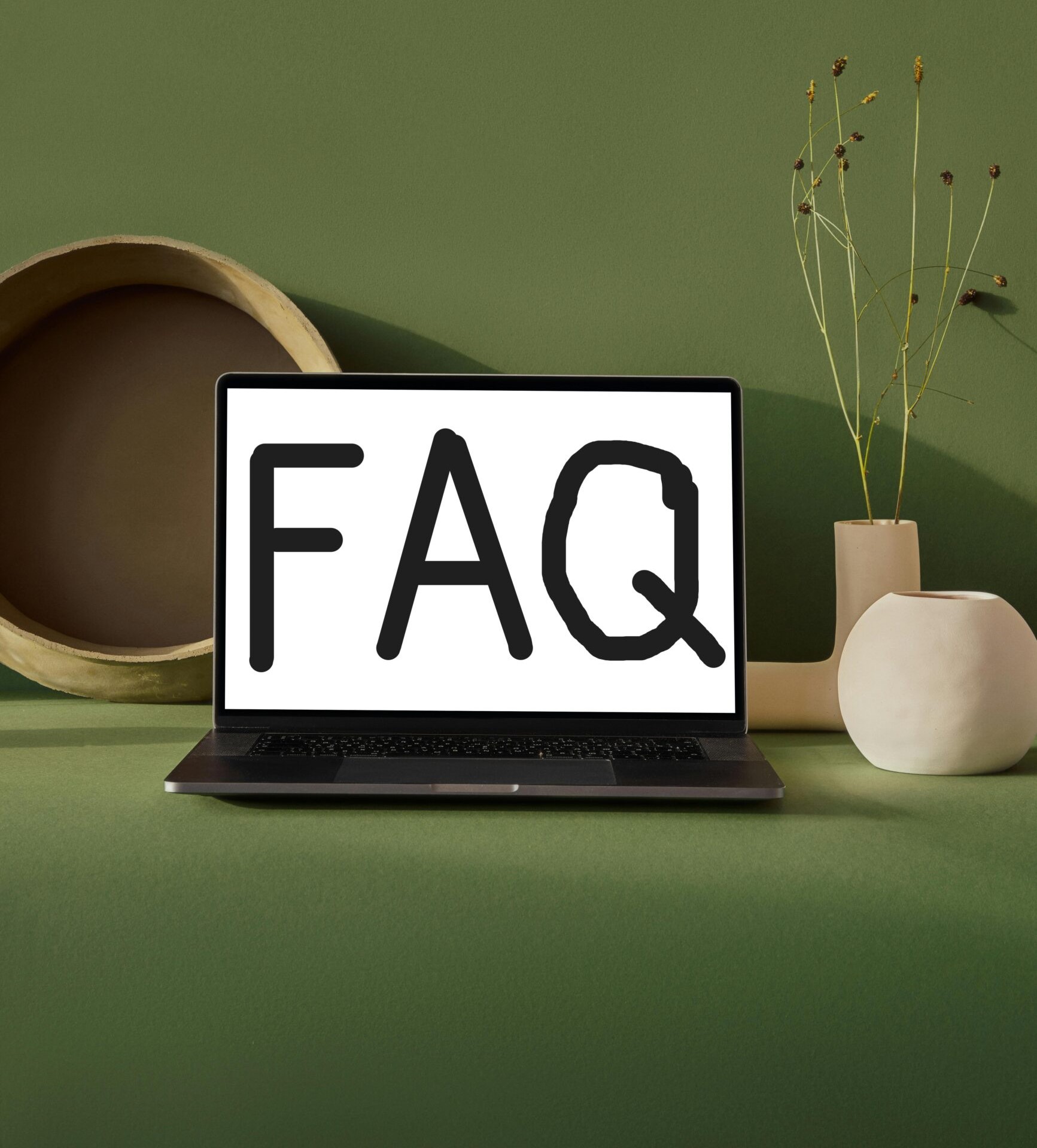You may have asked yourself – can i sell my clothes to a thrift store? Well, selling your clothes to a thrift store can be a great way to declutter your closet and earn some extra cash. Yes, you can sell your clothes to thrift stores, and it’s easier than you might think.
Whether you have a pile of barely-worn shirts or vintage dresses, there are stores ready to buy your gently used items. This process can also support sustainable living by giving your clothes a second life instead of letting them end up in a landfill.

When you decide to sell your clothes, start by making sure they are clean and free from any damage.
Thrift stores like Plato’s Closet and Buffalo Exchange look for items that are in good condition and on-trend. By taking a bit of time to prepare your clothes, you can increase your chances of making a sale.
Check out my thrift store locator tool to locate thrift stores near you that you can contact about selling your clothes to.
Consider separating everyday basics from high-value pieces to ensure you get the best price possible.
Not all thrift stores operate the same way, so it’s helpful to understand which ones offer the best options for your clothes.
Some stores give cash on the spot, while others might provide a store credit or consign your items.
It’s worth checking out both local and online thrift stores to find the right fit for your needs. Each store has its own buying criteria, so be sure to do a bit of research beforehand.
Key Takeaways
- Ensure clothes are clean and damage-free to increase sale chances.
- Different stores might offer cash, store credit, or consignment options.
- Research the store’s buying preferences for better success.
Table of Contents
Table of Contents
Preparing Your Clothes for Sale
To sell your clothes to a thrift store, it’s important to make sure they are in good condition, priced correctly, and presented nicely. If you’re asking yourself, ‘can I sell my clothes to a thrift store,’ remember that well-prepared items have a higher chance of being accepted and sold.
These steps help your clothes get accepted and fetch a better price.
Assessing Condition and Brand
Before you take your clothes to a thrift store, inspect each item carefully. You might still be wondering, can I sell my clothes to a thrift store, especially if they are from popular brands and in good condition.
Look for any stains, tears, or missing buttons. Clothes in excellent condition are more likely to be accepted.
Check the brand of your clothing items. Thrift stores often prefer popular brands and designer labels.
Brands like Zara, H&M, and Gap are commonly accepted. Women’s clothing from brands such as Anthropologie or Banana Republic can be a hit.
Separate any clothes that are no longer wearable. These could be donated or repurposed instead. Old clothes that are still trendy or in demand can still make you some cash.
Setting the Right Price
It’s important to price your items appropriately. Research similar items on reselling platforms to see their selling prices. This gives you an idea of what price to set for your clothing items.
Be realistic about pricing. Old clothes, even in excellent condition, will not sell for the same price as new items.
Designer brands fetch higher prices than generic ones. Present thrift stores with a fair price to increase the chance of your items being accepted.
Keep in mind, thrift stores might offer you a percentage of the sale price. This means you may not get the full amount you set, but a portion of it.
Presentation Tips
Presentation makes a big difference. Wash and iron your clothes prior to selling them. Well-maintained clothing looks more appealing to buyers and store managers.
Use natural lighting when taking photos if you sell online. Good lighting shows the true color and condition of your items.
Fold and place your clothes neatly in a clean bag or box when taking them to the store.
Ensure that your clothes are fresh and free from pet hair or strong odors. These details show that you value your items and took the time to prepare them.
Choosing Where to Sell

Finding the right place to sell your clothes can make a big difference. Some places prefer different types of clothing, and they may offer different benefits. Choosing where to sell will help you get the most out of your items.
Local Thrift Stores vs. Online Platforms
Local thrift stores are convenient and environmentally friendly. If you’re asking, can I sell my clothes to a thrift store, you’ll find that stores like Buffalo Exchange, Plato’s Closet, and Uptown Cheapskate offer cash or store credit for your items.
Places like Buffalo Exchange, Plato’s Closet, and uptown cheapskate let you walk in with your clothes and walk out with cash or store credit. These stores usually want trendy and season-appropriate items. Selling here supports your local community and helps reduce waste.
Online platforms like ThredUp, Poshmark, and Depop are great for a broader audience. These sites let you post your clothes online and reach buyers from all over.
They are perfect for niche or vintage items. Online consignment shops also prefer items in good condition and high-demand brands. While shipping can be a bit of a hassle, these platforms often offer higher prices.
Consignment Shops and Specialty Stores
Consignment shops like Clothes Mentor and Style Encore give you a portion of the sale once your item sells. These shops usually take nicer, more high-end items.
Selling at consignment shops might take longer to get paid, but oftentimes, you earn more money.
Specialty stores focus on specific types of clothing. For example, wedding dress shops or stores focused on designer brands.
They are a great place if you have something unique or valuable. Specialty stores often market to a specific audience, so your items might sell faster.
Understanding Sales and Payments

When selling your clothes to thrift stores, it’s crucial to know how fees and commissions work. If you’re wondering, ‘can I sell my clothes to a thrift store,’ understanding these financial aspects will help you get the best value for your items.
Also, understand the various payment methods to ensure you get fair compensation.
Learning About Fees and Commissions
Different thrift stores handle fees and commissions uniquely. Some stores charge a flat fee for each item sold. For instance, a thrift store might take a $1 fee per item, regardless of its price.
Others might use a percentage-based commission. They take a cut from the sale price of your clothes.
Keep an eye on additional costs like payment processing fees or transaction fees. For example, some stores might deduct a small fee for credit card processing.
Knowing these fees helps avoid surprises and ensures you get the best value for your items.
Getting Paid for Your Clothes
Thrift stores offer various ways to pay for your clothes. Some provide direct deposit into your bank account. This method is convenient and quick.
Other stores might give you store credit instead. This credit can be used to shop within the same store.
For certain items or seasons, store credit might offer a better value than cash.
It’s also common to receive cash or checks for your items. Bring your ID for verification.
Some stores might have a minimum payout threshold, meaning they’ll pay you once your earnings reach a certain amount.
Maximizing Your Profits

To make the most money from selling your clothes to a thrift store, it’s important to know the best ways to prepare and trade your items. Following certain strategies will help you get the best deals and maximize your profits.
Strategies for Getting the Most Money
Clean and Repair: Ensure your clothes are clean and in good condition. Wash and iron them if needed. Minor repairs like fixing buttons or small tears can significantly increase the selling price.
Brand Recognition: Sell popular brands and trendy items. For those still wondering, can I sell my clothes to a thrift store, focusing on recognized brands will enhance your chances of making a sale.. Thrift stores usually pay more for well-known brands and items in demand.
Seasonal Items: Time your sales according to seasons. Sell winter jackets in fall or early winter and summer clothes in spring or early summer. This timing can help you get the most money.
Batch Selling: Consider selling items in batches. Some thrift stores might offer you a higher price for a larger number of items. This strategy can make it easier to negotiate a better overall price.
Clean Presentation: Present your clothes neatly and attractively. Using hanger displays and making sure all items are folded nicely can make a good impression and potentially fetch you extra bucks.
Trading Tips for Better Deals
Research: Check online to see where to get the best deals. Online thrift stores sometimes offer site credit or higher payouts than local ones.
Negotiate: Don’t shy away from negotiating prices. Even thrift stores often have wiggle room on their initial offer. Knowing the value of your items can help in negotiations.
Know the Rules: Some stores may offer trade-in value or site credit, which can sometimes get you more than just cash.
Consignment Options: Explore consignment shops as they might offer a better deal than direct sales. You get paid once your item is sold, often at a higher price.
Peak Times: Sell during peak times when stores are actively looking for new inventory. This can be during back-to-school seasons, holidays, or right before new season stocks.
Post-Sale Considerations

After selling your clothes to a thrift store, you need to manage shipping and finalize your sales to complete the process smoothly.
Shipping and Handling Best Practices
Before shipping your items, package them securely. Use sturdy boxes or padded envelopes to protect your clothes during transit. This helps prevent damage and ensures your items arrive in good condition.
If the thrift store provides a prepaid shipping label or a pre-addressed shipping label, take advantage of it. It simplifies the process and may save you money on shipping costs. Just print and attach the label to your package.
Visit your local post office to send off your package. They can assist with any concerns about weight, costs, or delivery times. Consider requesting a tracking number for peace of mind.
By using eco-friendly packaging materials, you contribute to sustainable living. Opt for recyclable or biodegradable materials whenever possible. This aligns with zero-waste principles and helps reduce your environmental footprint.
Finalizing Your Sales
After your clothes have been received, most thrift stores will inspect them before finalizing the sale. Be patient, as this might take a few days. Ensure that you have communicated any specific preferences or instructions to the store in advance.
Monitor your account or email for notifications. Stores often send alerts once your items have been processed. If the store offers a tax deduction for your donation, make sure to request the necessary documentation for your tax records.
Double-check the payment method offered by the store. This could be a direct deposit, store credit, or other forms of payout. Knowing the terms and conditions helps avoid misunderstandings.
Maintaining a good credit score can sometimes be linked to responsible transactions. Keeping detailed records of your sales and promptly addressing any issues contributes to this.
Final Thoughts
Navigating the world of thrift shops, yard sales, and online consignment stores like Facebook Marketplace and Poshmark can yield incredible finds and provide a sustainable way to update your wardrobe or home decor.
Whether you’re looking for luxury items from brands like Louis Vuitton, trendy pieces from Urban Outfitters and Free People, or everyday essentials from J. Crew and American Eagle, the best way to score great deals is by exploring various venues and utilizing platforms effectively.
As you clean out your closet, consider listing unwanted items on resale sites to give them a good home and make some extra cash.
For those with a closet bursting with second-hand clothes, creating an Instagram account to showcase your thrifted items can attract interested buyers and build a community. Remember to account for selling fees, payment processing fees, and transaction fees when pricing your items to ensure you get the most out of each sale.
Local charity shops and secondhand stores are great spots to donate items in good condition, supporting non-profits like the Salvation Army. Embrace the thrill of the hunt and enjoy the unique finds and high-quality pieces that come with secondhand shopping.
Next time you embark on a thrift shopping adventure, remember these tips and make the most of your experience.
Frequently Asked Questions

Selling clothes to a thrift store can be a sustainable way to declutter your wardrobe and make some money. Below, you’ll find answers to common questions about the process.
Where can I sell my used clothes for cash?
You can sell your used clothes to thrift stores, consignment shops, and online platforms like ThredUp, Poshmark, and eBay. Local thrift stores may pay you cash on the spot after assessing your items. Some consignment stores might offer store credit or pay you once your items are sold.
How can I sell unwanted clothes?
First, sort through your wardrobe and pick out items in good condition. Wash, fold, or hang them neatly. Then, visit thrift stores and ask if they are accepting clothing. Some stores require appointments, so call ahead. You can also create online listings with clear photos and descriptions.
What do I need to know about selling clothes to a thrift store?
Thrift stores look for clean, gently-worn clothes. High-demand brands and seasonal items may be more attractive to buyers. Some stores might only accept certain brands or types of clothing. Check each store’s guidelines and policies before bringing in your items.
What are the best practices for selling thrifted clothes for a profit?
To resell thrifted clothes for a profit, choose high-quality or designer items that are in excellent condition. Make sure to clean and repair any minor issues before reselling. Price competitively but fairly, and use online platforms to reach a bigger audience. Clear photos and honest descriptions will help you sell faster.
Are there specific thrift stores that buy clothes from individuals?
Yes, many thrift stores buy clothes directly from individuals. Popular chains include Buffalo Exchange, Crossroads, and Plato’s Closet. Each store has its own policy, so it’s best to check with your local branch. Some stores focus on trendy items while others accept a wide variety.
Is it legal to resell clothes I’ve purchased from a thrift store?
Yes, it is legal to resell clothes you’ve bought from a thrift store. Make sure to respect any local laws regarding sales.
Reselling encourages sustainable living. It keeps clothes out of landfills and gives them new life. This is a great way to support zero-waste efforts.

I’m Chris, a passionate advocate for sustainability, sharing my journey and tips from our vibrant family farm. With a background rooted in zero-waste living and a heart committed to eco-friendly practices, I aim to empower others through my blog. Each post is a blend of personal experiences or a question I have once pondered, and practical advice for those looking to make sustainable choices in their daily lives. Join me in making every step a greener one, as we explore the joys and challenges of living sustainably together.